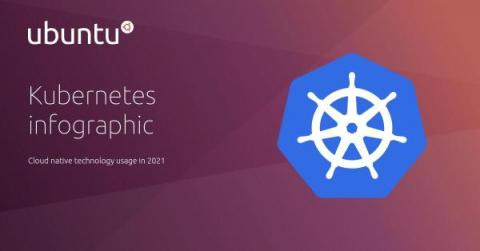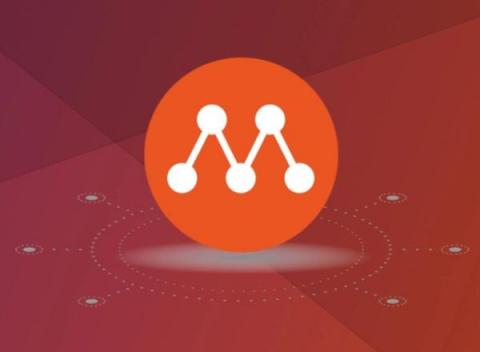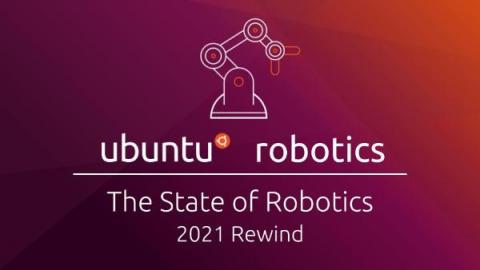Kubernetes infographic: usage of cloud native technology in 2021
2021 has been an interesting year for the Kubernetes and cloud native ecosystem. Due to the pandemic, cloud adoption saw a big spike in adoption. As the year wraps up soon, we wanted to reflect on the top findings from the Kubernetes and cloud native operations report and we have a cool infographic for you. The new version of the report for 2022 is due some time in January so stay tuned!










